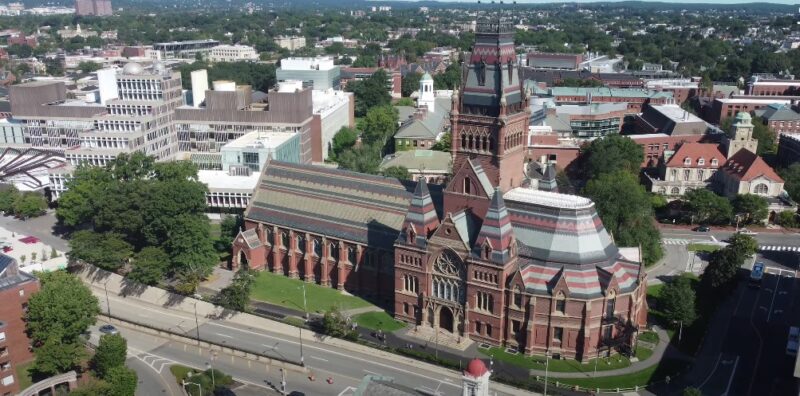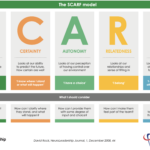Picture this: it’s the heart of an ivy-clad campus, nestled within the prestigious walls of Harvard University. The library is quiet. The hallways are calm. But within a classroom, a movement is brewing. A movement unlike any other: the Harvard Resistance School.
The Harvard Resistance School is not a traditional school within the university but rather an innovative program aimed at inspiring and empowering individuals to rise against the socio-political challenges we face in the 21st century.
Unraveling the Concept
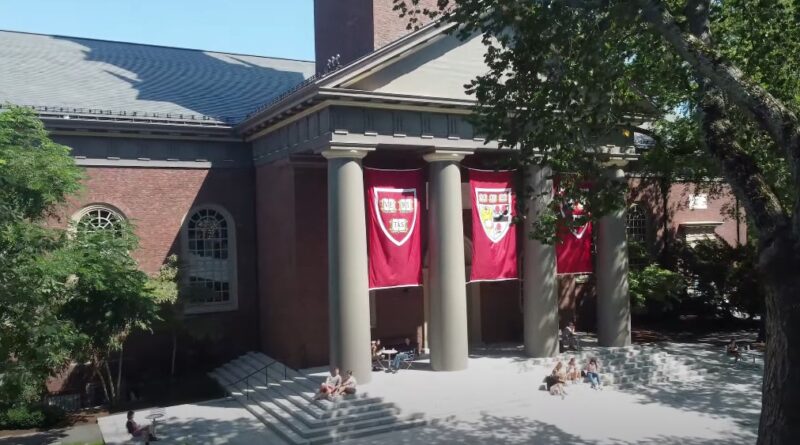
First things first, let’s understand what this ‘Resistance School’ really is. Launched in 2017 by progressive graduate students at Harvard, it’s a free, four-week online course. The school was designed as a response to the political climate at the time, particularly following the 2016 U.S. presidential election, which triggered a wave of societal discourse.
Contrary to its slightly militant name, the Harvard Resistance School is about engagement, understanding, advocacy, and, most importantly, peaceful resistance.
Resistance School’s Pillars of Action
The Resistance School employs a unique blend of educational strategies to empower individuals and communities. Its core focus rests on four pillars:
- Organizing – Mobilizing collective action is key. The Resistance School provides tools to gather, inspire, and empower people.
- Communication – Crafting compelling narratives and effectively disseminating them is a critical skill for any social movement.
- Advocacy – The school provides strategies to create political change, ranging from understanding policy making to influencing elected officials.
- Solidarity – Unity is strength. The Resistance School emphasizes the importance of solidarity within and among diverse communities.
Impact and Reach
Since its inception, the Harvard Resistance School has touched countless lives, encouraging a surge of activism across America and beyond. Thousands have participated in their programs, finding renewed strength to stand up for the causes they believe in.
The Coursework
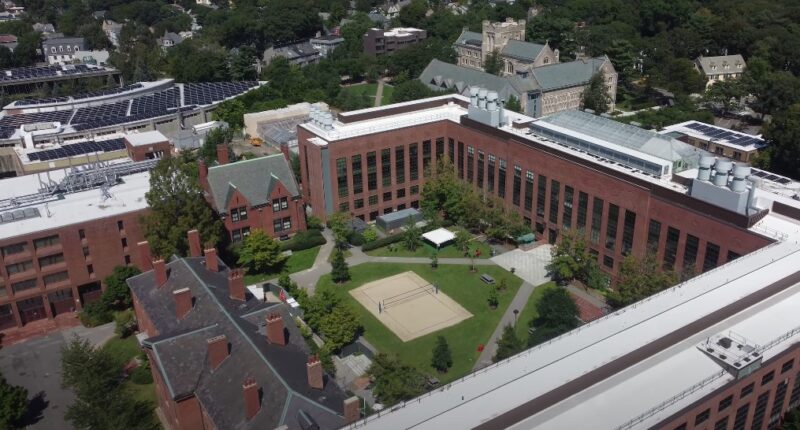
Let’s dive a little deeper into what the Resistance School offers. Its curriculum is divided into four sessions, each focusing on one of the four pillars of action. Each session features a highly interactive lecture from a renowned speaker, coupled with workshop exercises and takeaway tools. The course is entirely online and free of charge, democratizing access to this valuable knowledge.
Session 1: Organizing
Participants learn how to mobilize and maintain groups of motivated individuals for social change. The session is presented by an organizing powerhouse, Sara El-Amine, former Executive Director at President Obama’s advocacy arm, Organizing for Action.
Session 2: Communication
This session, led by Harvard professor Timothy McCarthy, teaches participants how to construct compelling narratives that inspire and unite people. McCarthy’s dynamic teaching style is engaging and informative, ideal for anyone wishing to become a more persuasive communicator.
Session 3: Advocacy
Here, participants learn how to take their grassroots organizing and powerful narratives to the next level by applying them to effect tangible policy changes. This session is conducted by Harvard Kennedy School’s professor, Marshall Ganz.
Session 4: Solidarity
The final session delves into the crucial concept of solidarity, exploring how to form alliances and coalitions that strengthen and amplify the impact of any social movement. This session is delivered by Michael Blake, Vice Chair at the Democratic National Committee.
The Power of Peaceful Resistance
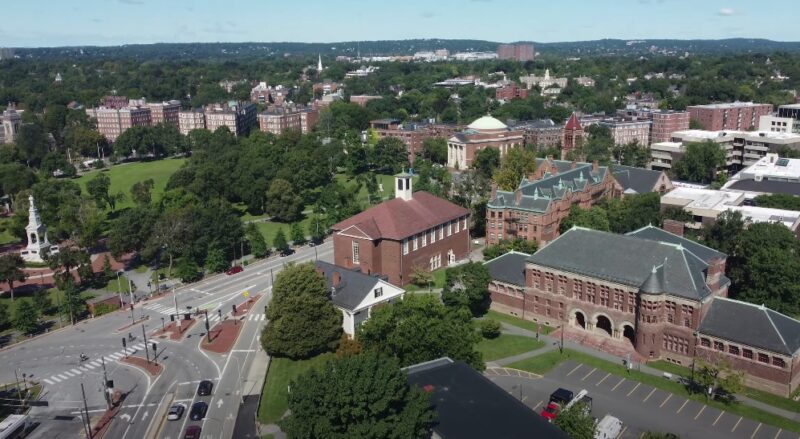
One might ask, why ‘Resistance’ School? The founders chose this title to underscore their belief in peaceful resistance as a tool for social change. The school is not advocating for aggressive defiance but instead encourages learning to oppose and challenge societal inequalities and political injustices through informed, constructive dialogue, community building, and political participation.
Looking to the Future: The Harvard Resistance School
The importance of the Harvard Resistance School’s mission becomes more evident with each passing day. As our world becomes increasingly complex, it is crucial to equip individuals with the knowledge and tools to address these multifaceted challenges head-on.
Building a Community of Leaders

Beyond its academic curriculum, the Harvard Resistance School has fostered a community of individuals committed to making a difference. This sense of community offers another layer of support, a network of like-minded individuals pushing towards similar goals. This synergistic relationship between the school and its community enriches the learning experience and provides a forum for inspiration, encouragement, and collaboration.
Moreover, the Resistance School is not just building a community; it’s building a community of leaders. Those who participate in its programs become part of a network of advocates equipped to effect change in their own communities. Graduates of the Resistance School have gone on to launch grassroots movements, lead advocacy campaigns, and even run for political office, taking the lessons learned within the Resistance School’s digital walls out into the real world.
Spreading the Resistance: Going Global
The Harvard Resistance School, while born in the United States, has attracted attention from across the globe. The free and accessible nature of its courses has facilitated a worldwide reach, creating a truly international network of resistance. This global reach not only amplifies the impact of the school’s teachings but also allows for cross-cultural learning and collaboration, enriching the experience for all involved.
From climate change activists in Europe to human rights advocates in Africa, from democracy defenders in Asia to indigenous rights activists in the Americas, the Resistance School’s lessons are resonating on a global scale. This is a testament to the universal applicability of its teachings and its potential for global impact.
The Legacy of the Resistance School
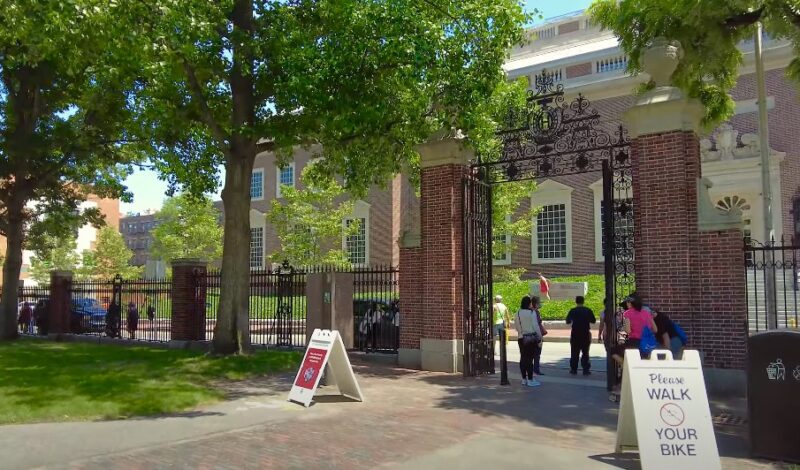
The Harvard Resistance School is an innovative model for education in the 21st century. Its mission, methodology, and impact make it a pioneer in empowering individuals to drive social change.
It has already left a significant mark on Harvard University and the world, but its legacy is still being written with every new participant, every act of peaceful resistance, and every positive change achieved.
Your Role in the Resistance
There is no application or prerequisite for joining the Resistance School. All it takes is a commitment to learning and a willingness to apply this knowledge to effect change. If you’re passionate about social justice, interested in political activism, or simply eager to make a difference, consider joining the Harvard Resistance School. Your voice and actions, combined with the knowledge and skills gained from the Resistance School, can help shape a more equitable and just world.
In the words of Mahatma Gandhi, “Be the change you wish to see in the world.” The Harvard Resistance School not only echoes this sentiment but provides a roadmap for achieving it. By encouraging critical thinking, fostering a sense of community, and advocating for peaceful resistance, the Harvard Resistance School is a beacon of hope in our increasingly complex world.
Final Thoughts
The Harvard Resistance School is more than just an academic program. It is a beacon of hope and empowerment, a space where individuals, regardless of their backgrounds, come together to be a part of something bigger than themselves. It is a testament to the power of collective action and shared belief in a better world.
In the face of increasing societal divide, the lessons taught at the Harvard Resistance School resonate more than ever. They empower individuals to rise above the noise, armed with the knowledge and tools necessary to effect positive social change. So, whether you’re a seasoned activist or a novice stepping into the world of social justice, the Harvard Resistance School provides a platform to make your voice heard.

